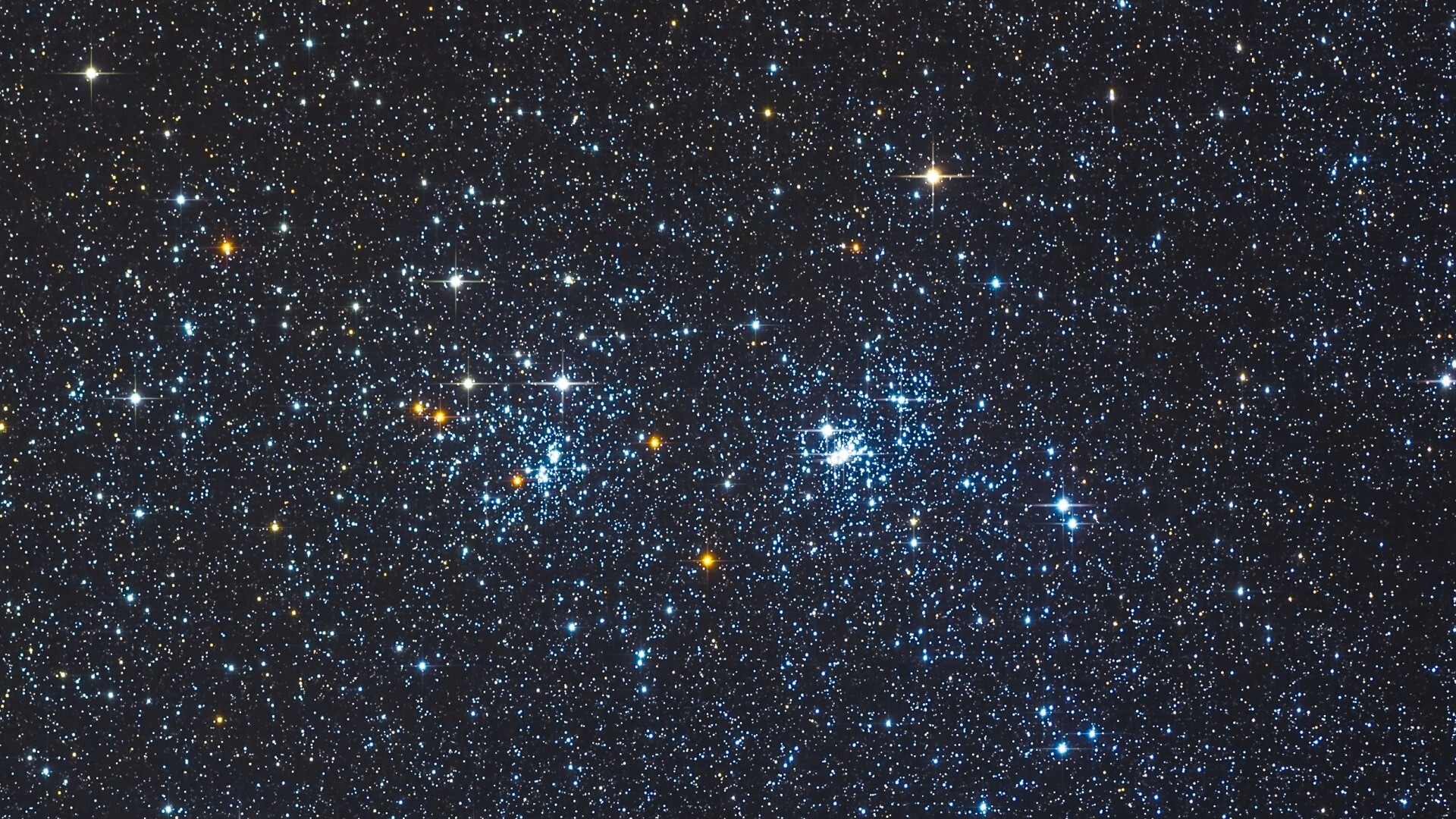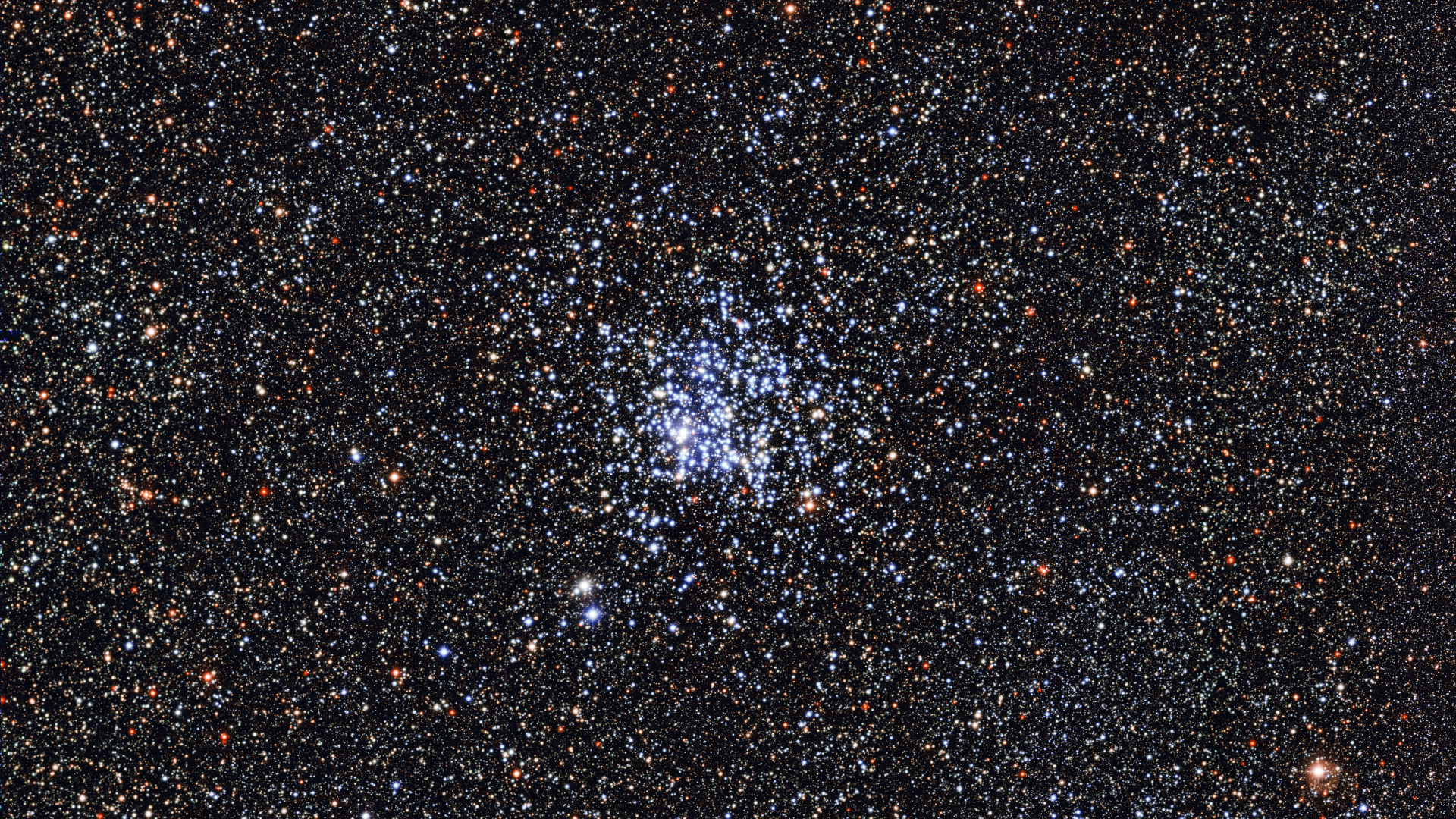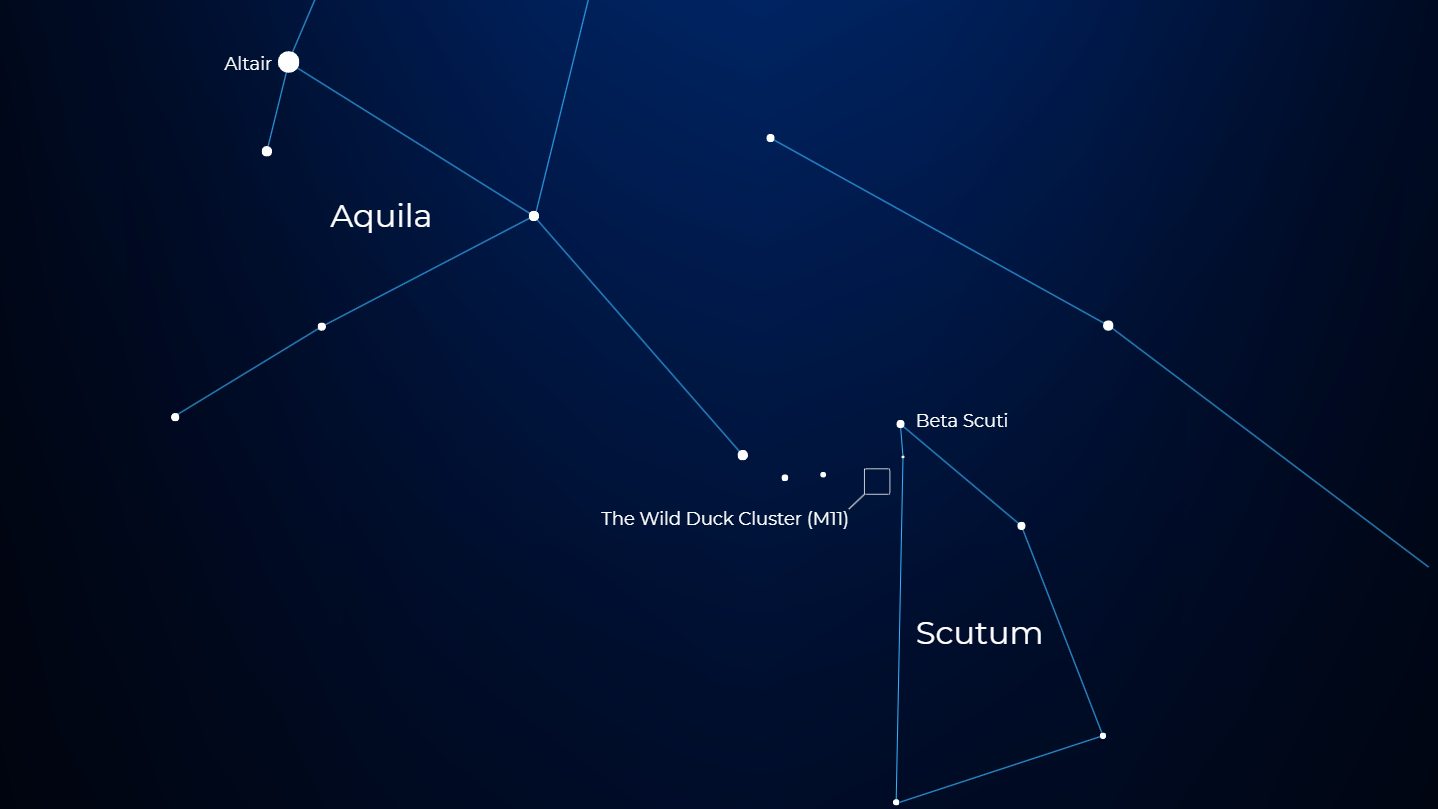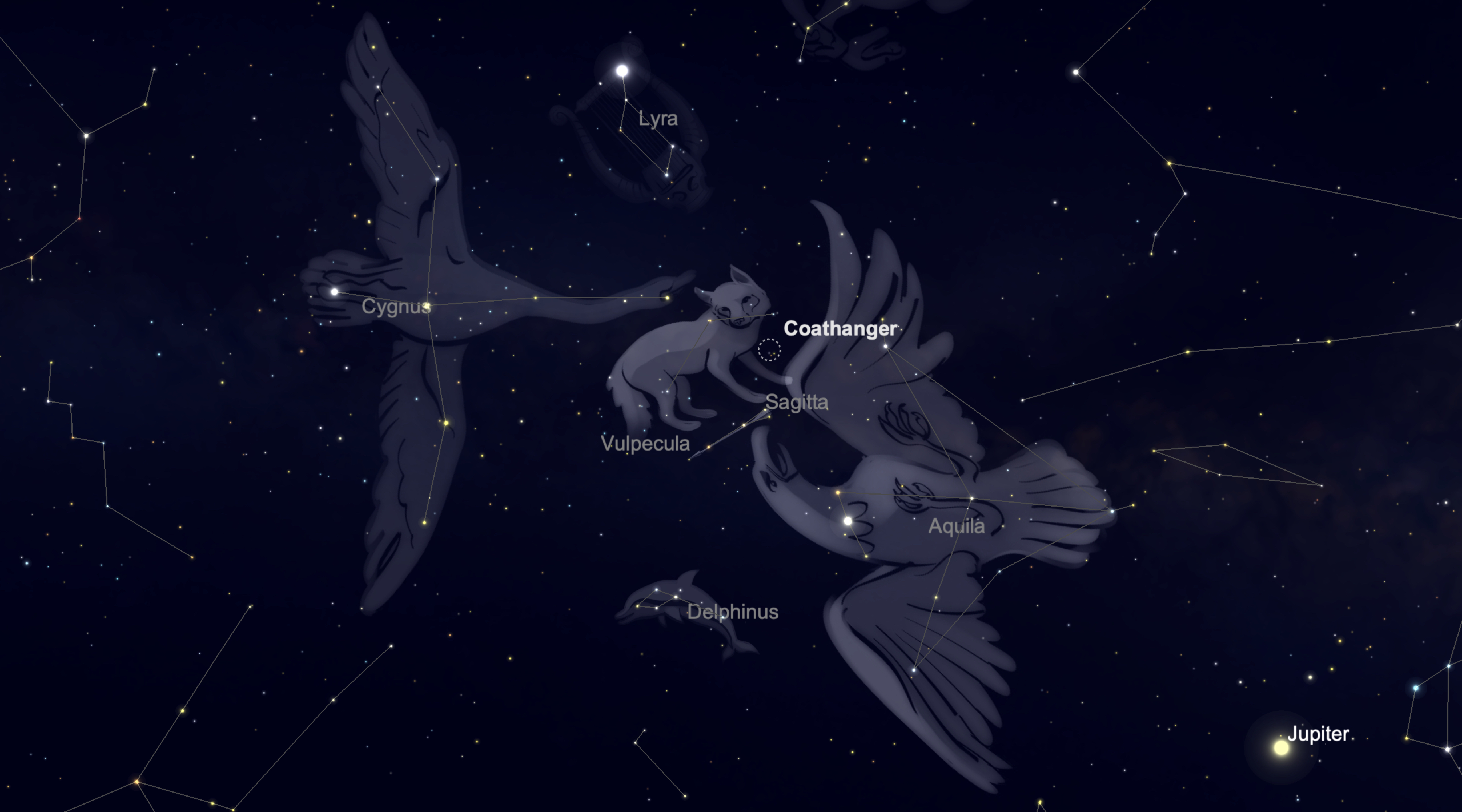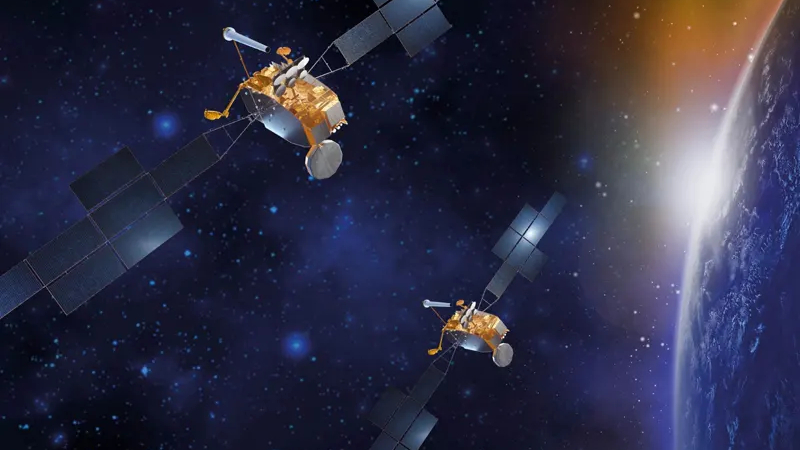Black Moon darkens August skies — here's how to hunt sparking wonders in the Milky Way this weekend
The Double Cluster, Wild Duck open Cluster, and Coathanger asterism are on display in August.
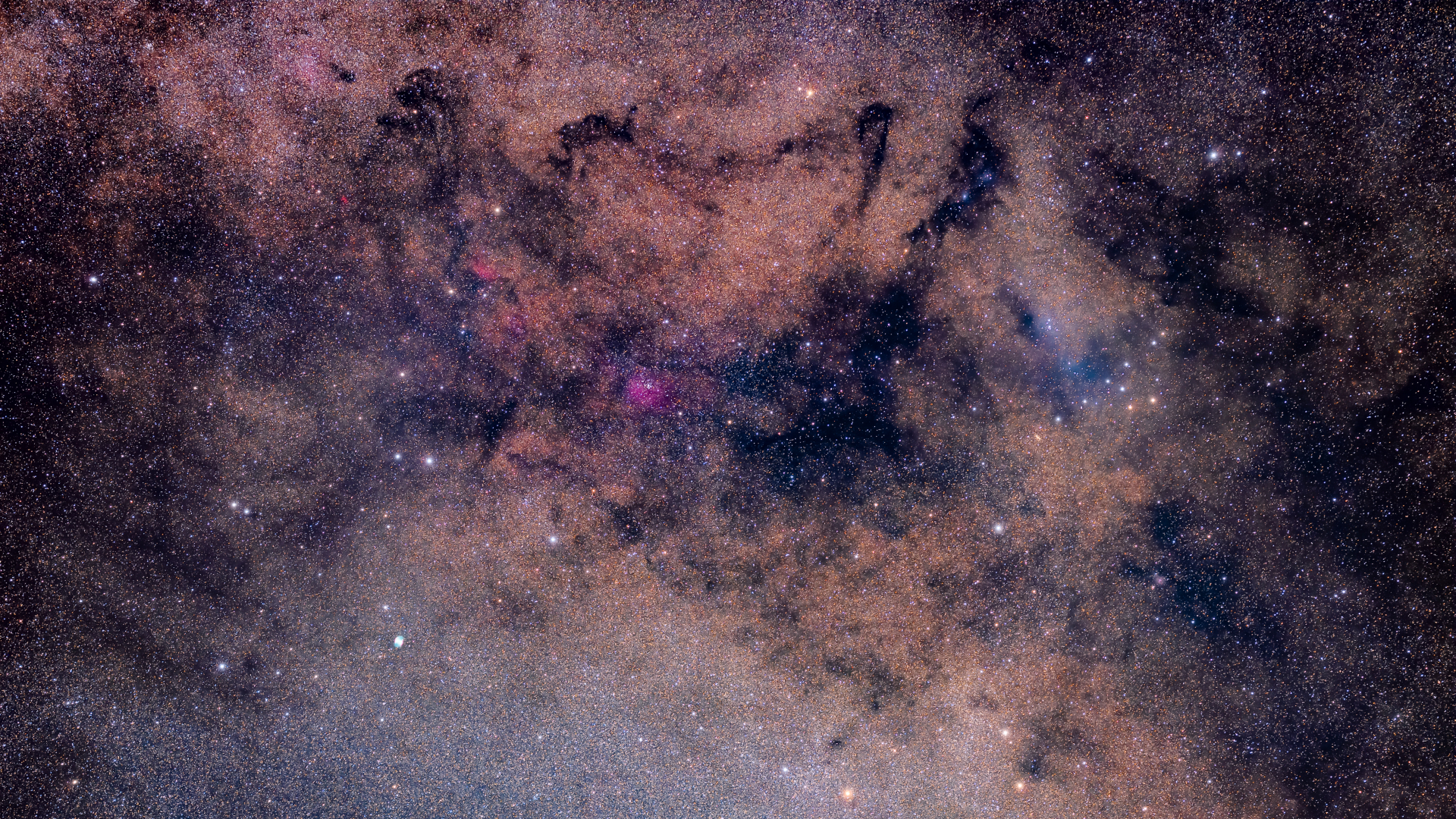
The dark skies surrounding this weekend's new moon phase present an excellent opportunity to spot a trio of star clusters and stellar alignments embedded in the glowing band of the Milky Way.
Star clusters are collections of gravitationally bound stellar bodies that formed from the same cloud of interstellar material. They can range in size from dozens, to thousands of members and play host to some of the oldest stars in the known universe.
A number of magnificent star clusters can be found shining in the glowing ribbon of the Milky Way, the heart of which can be seen arcing towards the southwestern horizon around midnight during warm August nights. They will be easier to spot during the next new moon phase on Aug.23, when the lunar disk will appear in the daytime sky alongside the sun, leaving the surrounding nights blissfully dark. Aug. 23 will give rise to a rare 'Black Moon', which is the name given to the third full moon in a season containing four new moons, as opposed to the usual three.

Want to see star clusters up close? The Celestron NexStar 4SE is ideal for beginners wanting quality, reliable and quick views of celestial objects. For a more in-depth look at our Celestron NexStar 4SE review.
It's best to start exploring star clusters using a pair of binoculars and then switching to a telescope for a closer view. As always, allow half an hour for your eyes to adjust to the dark and remember to look slightly away from your target, placing it in the periphery of your vision where your low-light vision is at its best.
Read on to discover how to find a collection of three magnificent stellar features embedded along the dense band of the Milky Way.
The Double Cluster
The Double Cluster can be found in the constellation Perseus and is best viewed in the early hours of the morning, when it rises high overhead for viewers in the Northern Hemisphere. Composed of the open clusters h Persei (NGC 869) and chi Persei (NGC 884), this spectacular starfield spans the equivalent of three full moons in the night sky and is bright enough to be seen as a smudge of hazy light with the naked eye from a dark sky location.
To locate the Double Cluster, first use a smartphone astronomy app to pinpoint the constellation Perseus and nearby Cassiopeia along the band of the Milky Way. Next, sweep your binoculars between the bright star Navi, which is the middle point in the 'M' or 'W' shape of Cassiopeia and Marfak, the brightest star in the constellation Perseus. Roughly half way between the two are the sparkling stellar cities of the Double Cluster, which make for a beautiful sight when viewed through a pair of 10x50 binoculars.
Breaking space news, the latest updates on rocket launches, skywatching events and more!
Earth is located in the Orion-Cygnus arm of the Milky Way, while the Double Cluster is embedded in the neighboring Perseus arm 7,000 light-years away. So when you look at the Double Cluster, you're actually gazing at a completely different part of our galaxy!
The Wild Duck Cluster (M11)
The Wild Duck Cluster (M11) can be found 6,200 light-years from Earth in the constellation Scutum, the 'Shield', and is made up of approximately 2,900 loosely bound stars. This mass of stellar bodies shines with a collective brightness (or magnitude) of +6.3, only a little above the detection limit of the human eye, which is around +6.5 under dark sky conditions.
However, a pair of binoculars will reveal M11 as a small triangular, or 'V' shaped patch of light reminiscent of a flock of migrating ducks! A telescope with an aperture of 6 inches or more will allow you to resolve individual members of the vast open cluster.
M11 is best viewed in the hours between sunset and midnight in August, when the cluster can be found roughly 40 degrees above the southern horizon. Remember, the width of your clenched fist held at arms length is the equivalent of 10 degrees in the night sky.
First, identify the northernmost star in the constellation Scutum — Beta Scuti — using your stargazing smartphone app. The Wild Duck Cluster will be visible as a hazy patch of light approximately 2 degrees to the lower left of Beta Scuti.
Coathanger Cluster (Collinder 399)
Our final target isn't a star cluster at all, but rather a chance alignment of stellar bodies — or asterism — that, when seen from Earth, happen to form the familiar shape of a coathanger in the night sky. As a result the stellar formation has been granted the moniker of the 'Coathanger Cluster', but is also known as Collinder 399 and Brocchi's Cluster.
To find the Coathanger Cluster, it's best to first locate the three bright stars of the famous Summer Triangle asterism — Altair, Cygnus and Vega — which can be found high in the sky an hour before midnight in August, pierced by the glowing ribbon of the Milky Way. Next, sweep your binoculars between Altair and Vega with a pair of binoculars. Around a third of the way, you'll come across the 10 stars of the Coathanger Cluster.
Those looking to explore the night sky in greater detail should check out our roundup of the best binocular and telescope deals. Photographers should also read our guide to capturing the Milky Way, along with the best cameras for astrophotography.
Editor's Note: If you would like to share your astrophotography with Space.com's readers, then please send your photo(s), comments, and your name and location to spacephotos@space.com.
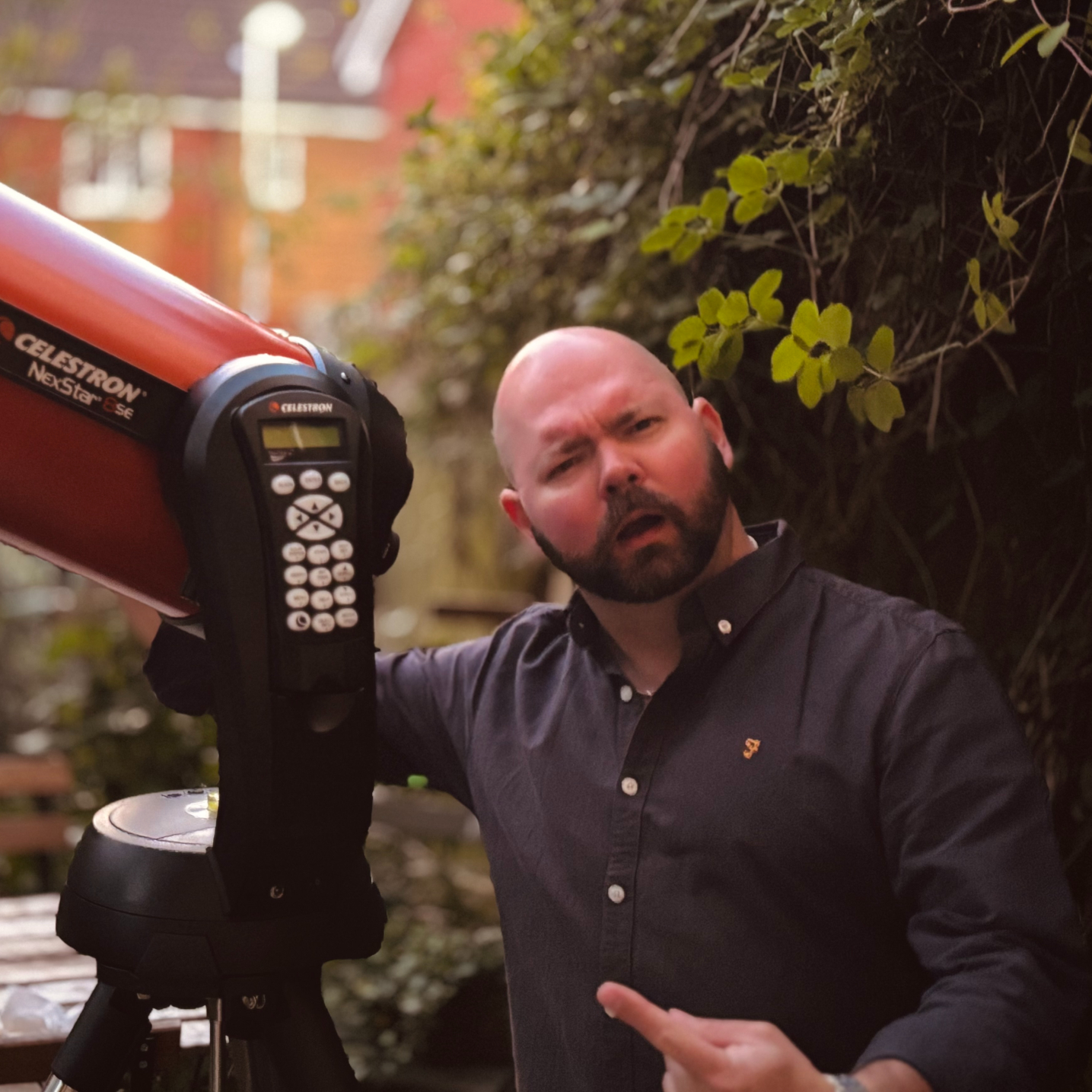
Anthony Wood joined Space.com in April 2025 after contributing articles to outlets including IGN, New Atlas and Gizmodo. He has a passion for the night sky, science, Hideo Kojima, and human space exploration, and can’t wait for the day when astronauts once again set foot on the moon.
You must confirm your public display name before commenting
Please logout and then login again, you will then be prompted to enter your display name.
